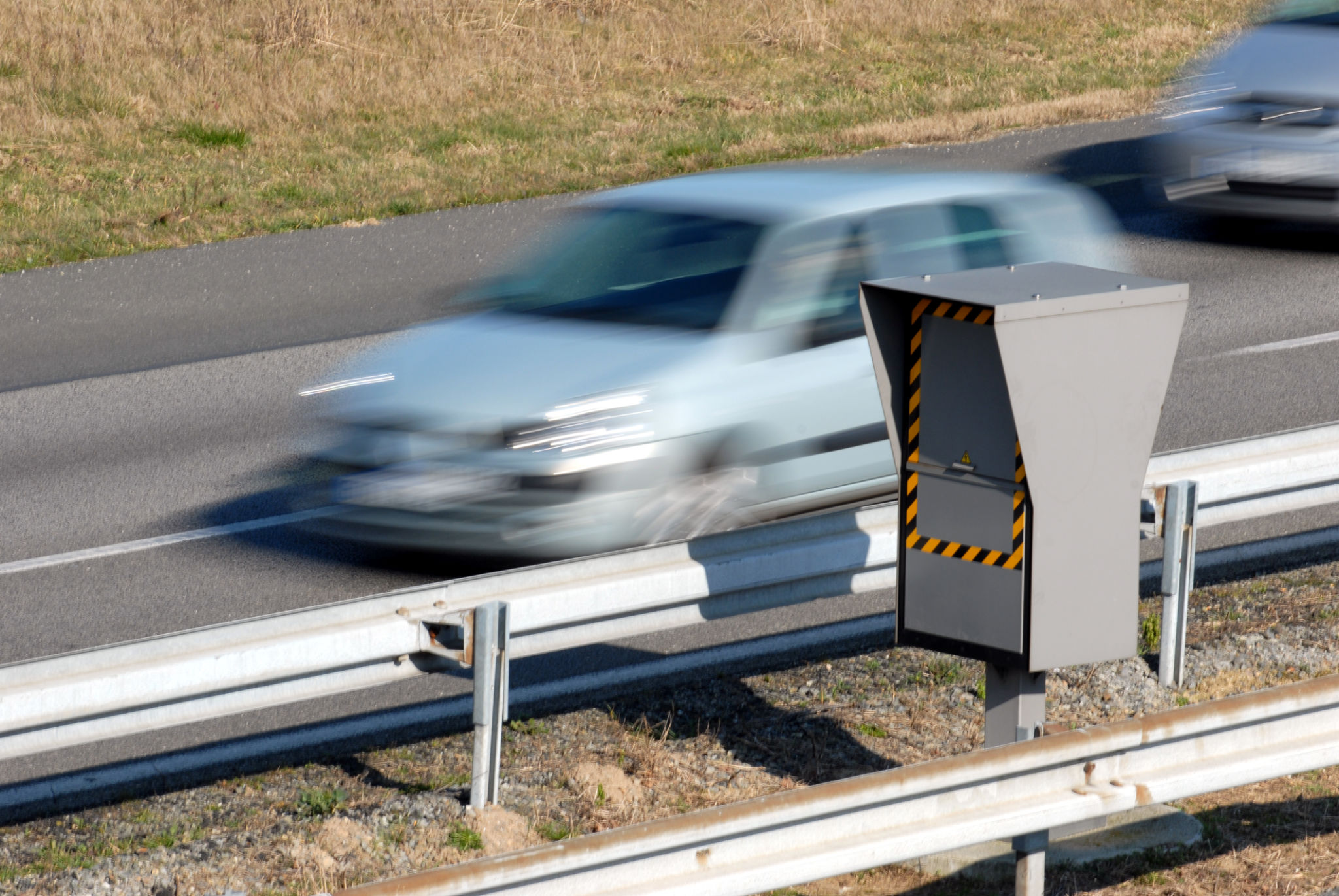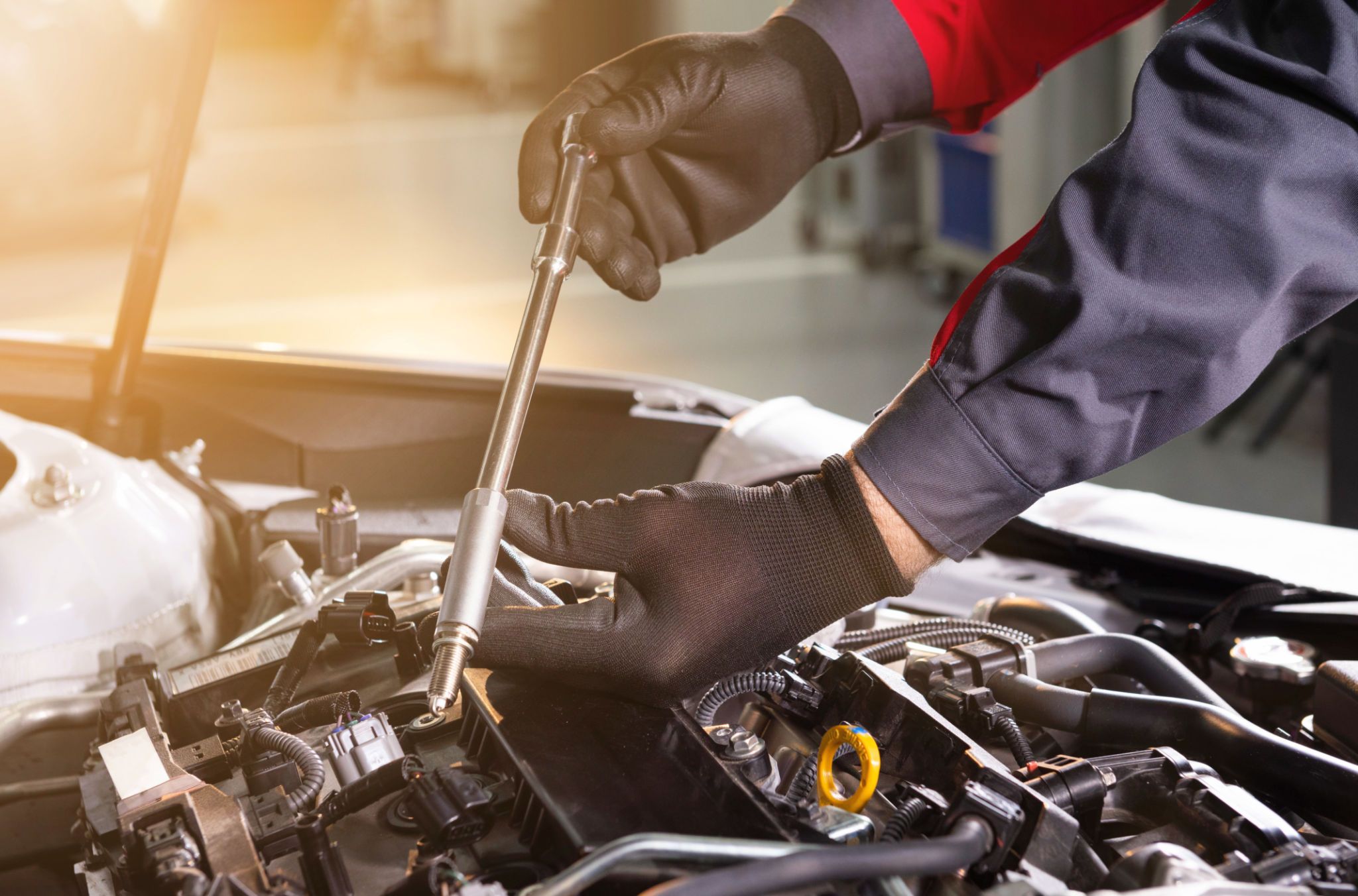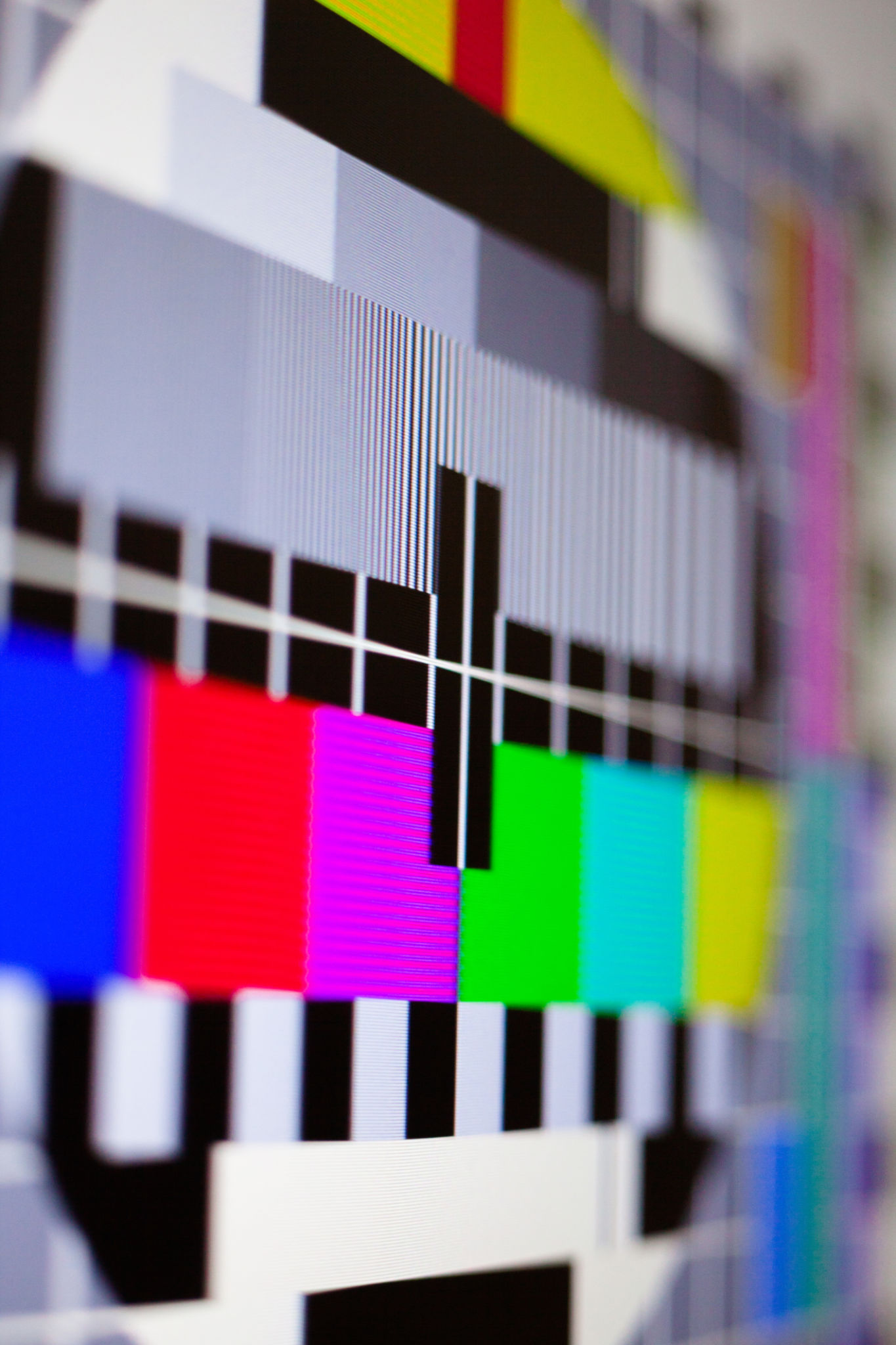The Ultimate Guide to Front Radar Calibration for Safe Driving
Understanding Front Radar Calibration
Modern vehicles are increasingly equipped with advanced driver-assistance systems (ADAS) that utilize front radar sensors. These sensors play a crucial role in ensuring safe driving by providing features like adaptive cruise control, lane departure warning, and collision avoidance. However, to function optimally, these radar systems require precise calibration. This process ensures that the sensors accurately interpret the vehicle's surroundings and respond appropriately.

Why Front Radar Calibration is Essential
Calibration is a critical maintenance task for vehicles with radar systems. It ensures that the radar sensor is correctly aligned and that its field of view is accurate. Without proper calibration, the radar may produce false readings or fail to detect obstacles, leading to potential safety risks. Regular calibration helps maintain the effectiveness of ADAS features and provides peace of mind on the road.
When to Perform Front Radar Calibration
There are several scenarios when front radar calibration should be performed. These include:
- After a collision: Even minor accidents can misalign sensors.
- Windshield replacement: Vehicles with radar sensors integrated into the windshield require recalibration after replacement.
- Suspension changes: Modifications to the suspension system can affect sensor alignment.
- Warning lights: If your vehicle's dashboard displays ADAS-related warnings, it may indicate a need for calibration.

The Calibration Process
The calibration process varies by vehicle make and model but generally involves two main methods: static and dynamic calibration. In static calibration, the vehicle is stationary, and technicians use specialized equipment to adjust the sensors based on manufacturer specifications. In contrast, dynamic calibration requires driving the vehicle under specific conditions to allow the system to self-adjust.
Static Calibration
This method requires a controlled environment where technicians use laser or camera-based tools to align the radar sensor. The process involves setting up targets at predetermined distances and angles to match the manufacturer's guidelines. Static calibration is precise and often used when the vehicle is in a workshop setting.

Dynamic Calibration
Dynamic calibration involves driving the vehicle on a road with clearly marked lanes. During this process, the radar system recalibrates as it detects lane markings and other vehicles. This method is beneficial for real-world conditions, ensuring that the sensors adapt to actual driving environments.
The Costs of Calibration
The cost of front radar calibration can vary based on factors like vehicle make, model, and the type of calibration required. On average, prices range from $150 to $500. Although it may seem like a significant expense, investing in proper calibration is essential for maintaining safety features that prevent accidents and ensure smooth driving.

Choosing a Professional Service
It's important to select a reputable service provider for radar calibration. Look for technicians who are trained and certified in handling ADAS technology. A professional service ensures that the calibration is performed accurately, adhering to manufacturer specifications, and leveraging the latest tools and equipment. Neglecting this can compromise vehicle safety and performance.
In conclusion, front radar calibration is an integral aspect of maintaining modern vehicles equipped with advanced safety systems. By ensuring your radar sensors are correctly calibrated, you contribute to safer driving conditions for yourself and others on the road. Regular maintenance and professional service play pivotal roles in achieving this goal.